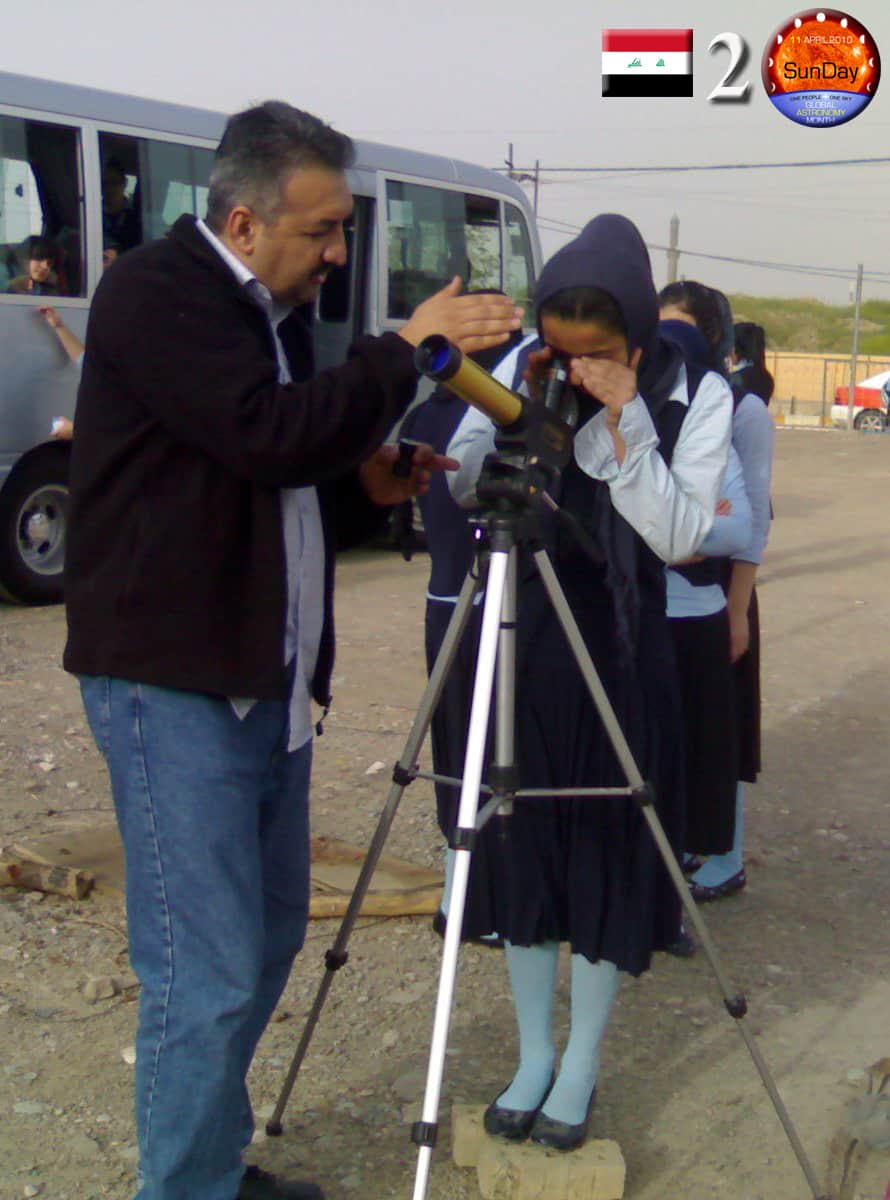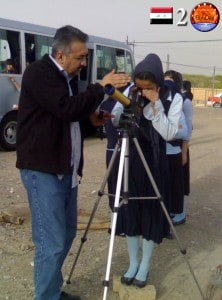

Science, Truth, Language: Communicating
With Non-Science and Public Audiences
How many times do we hear that some scientific view is “only theory” or that it is “not proven”? The hidden implication is that if we have not “proven” the case, then we do not know anything for certain about it, and any idea is as good as any other. A recent and vivid example of this problem is the ongoing argument in the popular media about global warming. Do we need to be absolutely certain before we take action?
These same issues and doubts come up in university science classes for non-science students, and in public lectures with scientific themes. The problem, described by McMaster University astronomer William Harris at the 2011 meeting of the Canadian Astronomical Society (CASCA) in Ontario, Canada, boils down to a misunderstanding about the way science really works. Contrary to the way it is often portrayed in public, science is not about “proving theories.” An effective way to discuss these issues is to imagine a continuous line stretching from “totally right” at the top, to “totally wrong” at the bottom. Any scientific idea, hypothesis, or theory can be located somewhere on that line. If it has a lot of evidence supporting it, it lies near the top (for example, that the Earth is round; or that Newton’s laws of motion are correct; or that DNA is the basis of the genetic code). Old ideas that were disproven sit at the bottom of the line (for example, that dinosaurs coexisted with early humans, or that the Sun revolves around the Earth).
A new scientific idea, just beginning to be explored, sits somewhere in the middle of the line. As more evidence comes in and our tools for interpretation get better, we might find that the idea is wrong (“disproven”) and it immediately drops to the bottom of the line. But with luck, we might find that it agrees with a lot of evidence and so our confidence in the idea grows. Over time, it might move upward into a full-fledged body of knowledge that is much more secure.
Another way to think about this line is to ask how much you would bet that a given scientific idea or theory is right. We literally bet our lives that Newton’s laws are right, but we wouldn’t be quite that confident in a new and untested statement. The key to understanding science is the role played by constant testing and real-world evidence.
MEANWHILE, COMMUNICATING SCIENCE AND ASTRONOMY WITH THE PUBLIC is alive and well, both here and abroad (see the accompanying photo from Iraq). At our own Mount Wilson Observatory, guided walking tours are being given every Saturday and Sunday at 1:00 p.m., and the Observatory area is open to the public from 10:00 a.m. to 4:00 p.m. For driving directions and other information, see the Observatory website, www.mtwilson.com.
And if you can break free for an hour on Saturday afternoon, June 25, you can see for yourself how astronomers make discoveries. At 2:30 p.m., the Mount Wilson Observatory will be presenting a free public lecture at the Altadena Library, 600 E. Mariposa St., Altadena. David Jurasevich, Observatory Superintendent at Mt. Wilson, will speak on his own discovery of a new nebula previously unknown to professional astronomers. The title of his talk is “The Soap Bubble Nebula: Hidden in Plain Sight.”
You can contact Bob Eklund at [email protected], or visit his websites at www.bobeklund.com and http://firststarbook.com.





Be the first to comment